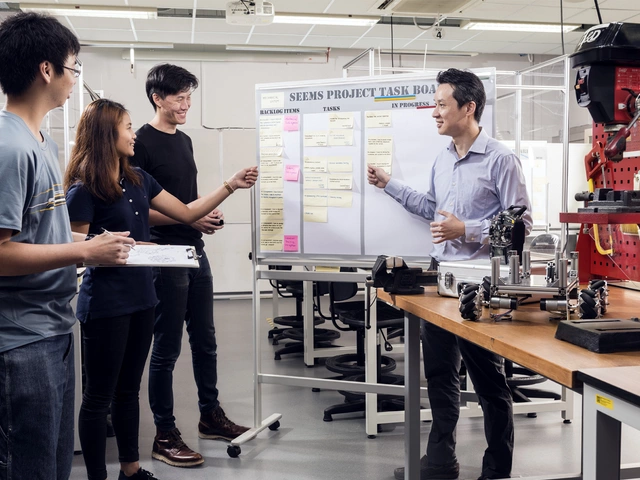Career Guide for Future Motorsports Professionals
If you love the roar of engines and want to turn that passion into a job, you’re in the right place. Motorsports isn’t just about watching races; it’s a field full of engineers, drivers, mechanics, and tech experts who earn a living from speed. Below are the real‑world moves that can get you on the track, on the design table, or behind the camera.
Choosing the Right Education
The fastest way to break into the industry is a solid engineering degree. In the UK, the University of Bath consistently tops the charts for automotive engineering. Its labs are filled with wind‑tunnel tests, hybrid power‑train projects, and ties to manufacturers like Subaru. Graduates leave with hands‑on experience that most employers look for.
Don’t stop at a degree. Look for programs that offer industry placements or partner projects with racing teams. A summer stint in a motorsport garage can teach you more about suspension setup than any textbook ever will.
Real‑World Skills That Pay Off
While a degree opens doors, practical skills keep you moving. Building your own racing simulator is a great example. You only need a decent gaming PC, a wheel‑and‑pedal set, and a sturdy seat. Add a VR headset for immersion and you’ve created a training tool that lets you practice racing lines, braking points, and cornering technique without ever leaving home.
Understanding the racing line is another must‑know. The optimal path through a corner—enter wide, clip the apex, and exit wide—helps you shave seconds off lap times. Mastering this concept shows teams you can think like a driver, even if you’re aiming for an engineering role.
Mechanics and technicians should grasp how a gear shifter works, especially in high‑power settings like motorcycle drag racing. Knowing the clutch‑engagement timing and throttle matching makes you valuable when teams need fast, clean shifts during a run.
Even the rules matter. Homologation rules force race cars to be based on production models, keeping competition fair and pushing tech into road cars. Being able to explain why these rules exist and how they affect car design shows you understand the bigger picture of motorsport regulation.
Finally, think about earnings. Rookie drivers might start around $50,000 a year, while top Formula 1 stars pull in tens of millions, plus endorsements. If you aim to be a driver, building a personal brand early—through social media, local races, and sponsorship outreach—can boost your income dramatically.
For non‑drivers, salaries vary by role. Engineers in top teams can earn six figures, especially if they specialize in aerodynamics or power‑train development. Support staff, like data analysts and pit crew members, also enjoy competitive pay, often with bonuses tied to race results.
In short, a mix of formal education, DIY projects, rule‑knowledge, and personal branding creates a strong career foundation in motorsports. Start with a reputable engineering program, add a home‑built simulator to sharpen your driving sense, and keep learning the technical and regulatory side of the sport. With persistence, you’ll find a seat—whether it’s behind a wheel, a desk, or a pit lane.

How to start a racing career I don't have money?
Starting a racing career can be expensive, but it doesn’t have to be. There are many ways to break into the racing industry without a lot of money. Begin by finding a racing school, which will help you to learn the basics of racing and give you the opportunity to gain experience. Additionally, you can take on odd jobs at the track or look for sponsorship opportunities to help fund your career. You can also look for used race cars or parts to lower costs. Finally, you can use social media to promote yourself and your racing career to attract potential sponsors. With the right attitude and hard work, starting a racing career without money is possible.
CONTINUE READING





